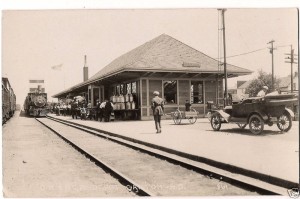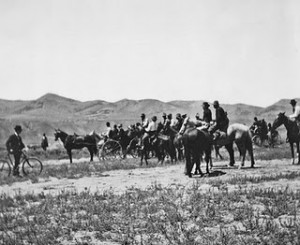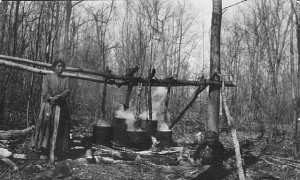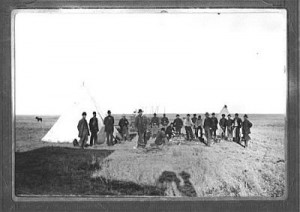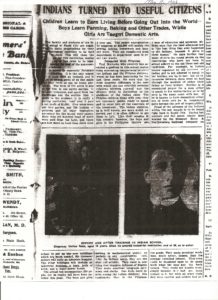Newspapers can give intimate glimpses of a community and its concerns, and the Sioux Valley News zeroed in on the activities in Canton, South Dakota and its neighboring communities every Friday. On June 10, 1904, the paper reported on the efforts of the Misses Rudolph and Cooper to bring a high school alumni association into being. Interested people held a meeting in which they elected officers, listened to entertainment (singing), and then ate. The paper listed attendees, mostly alumni, as well as some of the town’s leading citizens such as Mr. and Mrs. O. Gifford (the superintendent of the Canton Asylum for Insane Indians and his wife).
Small details were the life of the paper. It further reported that Mrs. Gifford had recently been out of town to attend a meeting of the Women’s Federated Clubs, that William Robinson had arrived from Chicago on Monday for a brief visit with his parents–and that he had “grown much heavier since becoming a resident of Chicago,” and that the Wentzys had passed through Canton on their way home from the World’s Fair.
This edition also had an item that must have saddened the hearts of the people involved: “An attendant came up from Yankton and returned on the afternoon train, taking with him John Bergstrom and Axel Olson who will be placed in the hospital for the insane for treatment.” At least in this respect, white citizens were not spared the publicity surrounding a commitment to an asylum any more than Native Americans.














